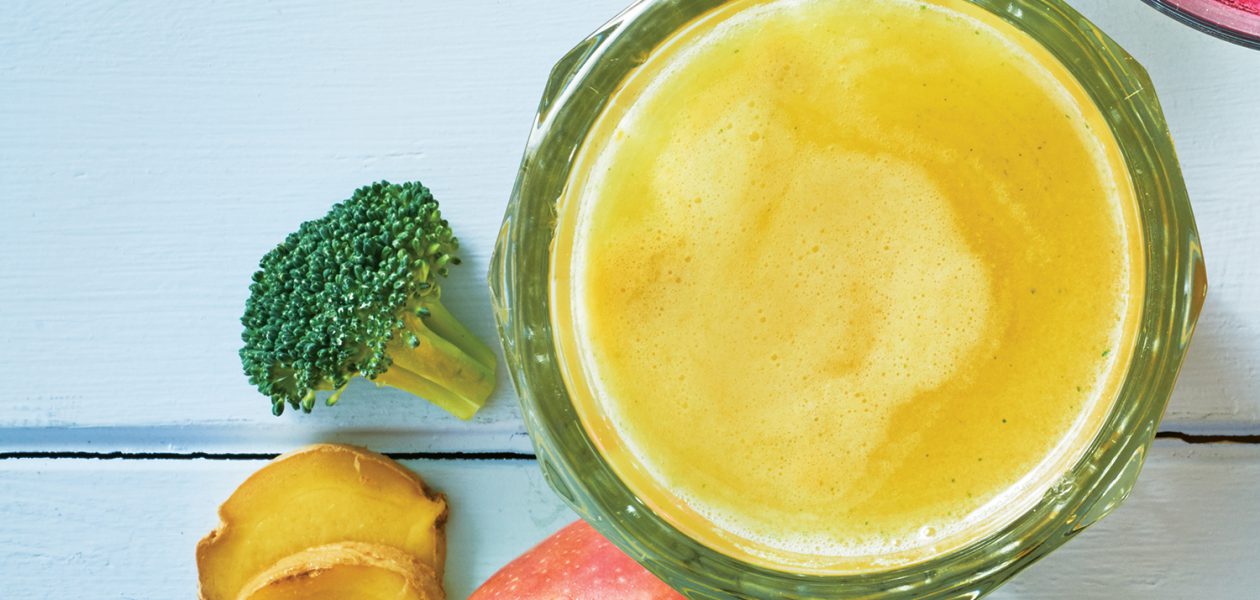

Consequently, the color an anthocyanin solution turns can be used to determine a solution's pH-a measure of how basic or acidic a solution is. Very acidic solutions will turn an anthocyanin red whereas neutral solutions will make it purplish and basic solutions will turn it greenish-yellow. For example, red cabbages contain an indicator pigment molecule called flavin, which is a type of molecule called an anthocyanin. Indicators can be extracted from many different sources, including the pigment of many plants. There are many different types of indicators, some that are liquids and others that are concentrated on little strips of "litmus" paper. An indicator changes color when it encounters an acid or base. To tell if something is an acid or a base, you can use a chemical called an indicator. Other bases make useful household cleaning products. For example, "antacids" like TUMS are used to reduce the acidity in your stomach. Bases are solutions that pull hydrogen ions out of solution and onto themselves, "accepting" them, and usually feel slippery.

Some very common household solutions are acids, such as citrus fruit juices and household vinegar. An indicator changes color when exposed to such a mixture, depending on whether the solution is acidic or basic.Īcids are solutions that lose hydrogen ions and usually taste sour. When mixed with water, whether a chemical "donates" a charged particle (called an ion) to the solution-in this case, a hydrogen ion-or "accepts" one from it determines whether it's an acidic or basic solution. For example, mixing salt with water creates a clear solution, even though the salt is there and the solution tastes salty. When two or more ingredients are entirely dissolved in one another, you have a solution. We want your feedback! Please leave a reply below with your comments, questions, or suggestion to help us improve the lab.You might have done experiments with well-labeled acids and bases in school, but have you ever wondered whether a certain food or chemical around the house is an acid or a base? You can find out using a red cabbage to make an indicator solution.
Red cabbage apple juice ph baking soda Patch#


The advanced lab addresses the concept of a logarithmic scale, and does some basic calculations.Teacher Version Recommended Prerequisites:
Red cabbage apple juice ph baking soda download#
Download the labs! Student Version Student Advanced Version In this lab, we will learn about what makes an acid or base “strong,” and use the juice from red cabbage to test the pH of common household liquids and perform neutralization experiments. Acids and bases are found in a variety of everyday items, including food and drink, medicine, and cleaning products.


 0 kommentar(er)
0 kommentar(er)
